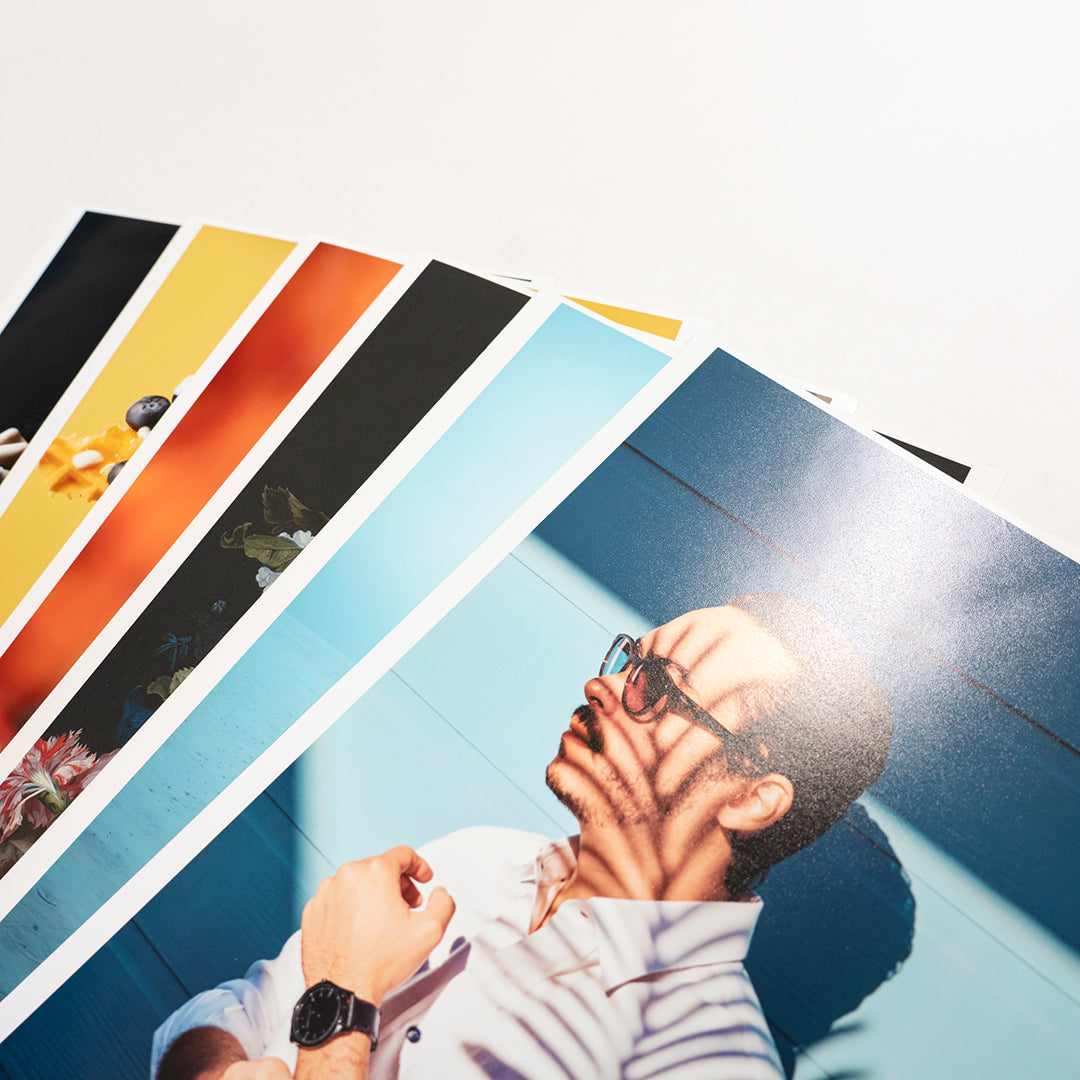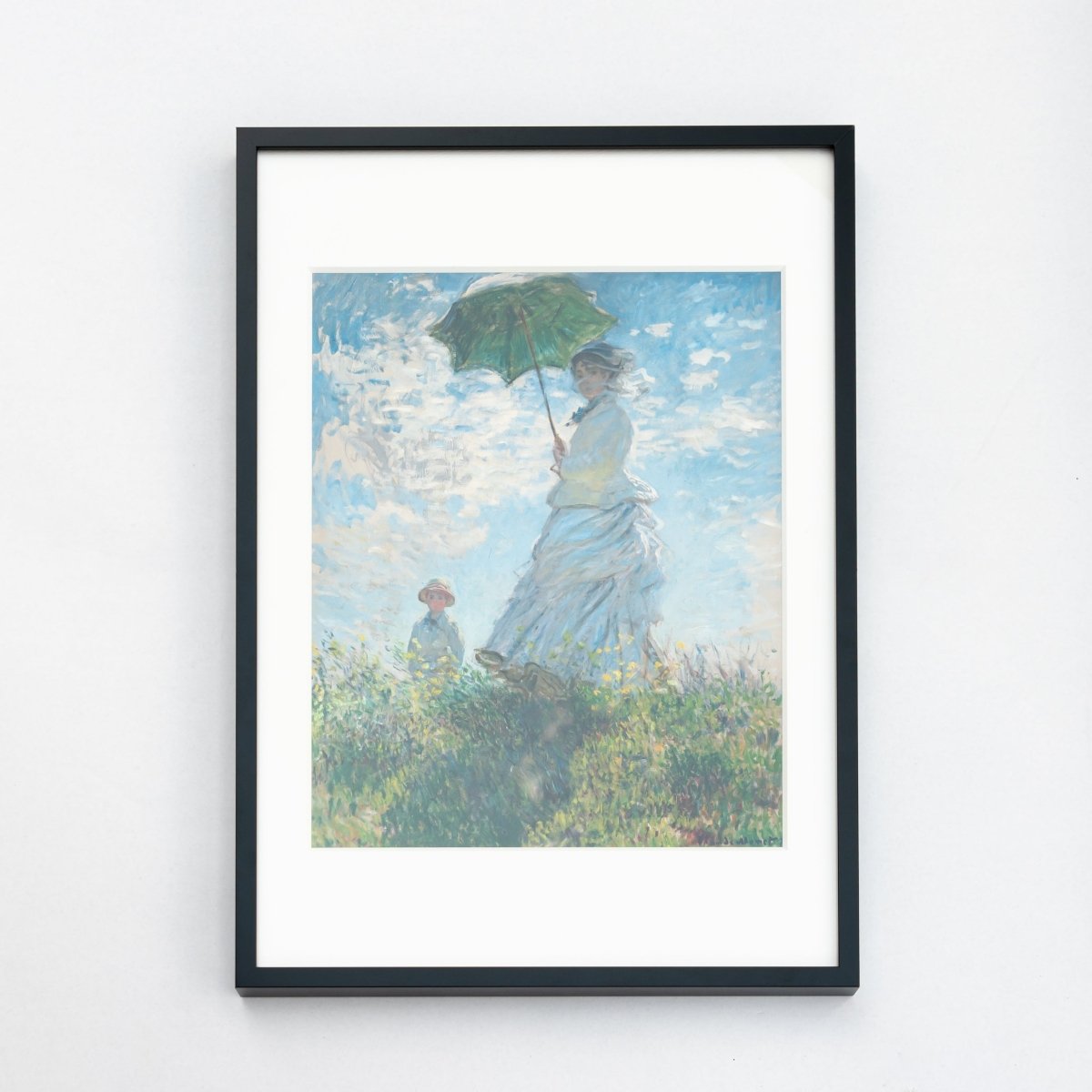[I tried printing] The charm of Hahnemuhle FineArt Pearl
目次
この記事について

PHOTOPRI(フォトプリ)
プロ品質の写真プリントサービス
「PHOTOPRI(フォトプリ)」は、写真展クオリティのプリントを提供する専門店です。一枚一枚の色を丁寧に調整し、30種類以上の用紙から最適なものを提案。あなたの作品が持つ魅力を最大限に引き出すお手伝いをします。大切な作品を、最高の形で残しませんか?

Hahnemuhle Fine Art is a company with over 400 years of history in Germany, a nation known for its art.
It is impossible to discuss European art without mentioning the traditional paper they produce.
Many of the most enduring works of art, such as Renaissance paintings, the works of Shakespeare, and the Gutenberg Bible, were made using paper based on cotton .
Also, as times change, paper is now made not only from cotton but also from a material called "alpha cellulose," which supports many artists.
It is only thanks to the evolution of the times that we can use historic paper made from cotton and alpha-cellulose in the fields of photography and illustration.
The Hahnemühle series is a popular paper that we can especially recommend at PHOTOPRI. There are many types of paper, but PHOTOPRI has carefully selected six types .
In this article, we will look at FineArt Pearl .
I've never printed on glossy paper before.
"What are the features of FineArt Pearl ?"
What kind of photos and illustrations are suitable for this?
I am writing this for people who have concerns such as:
<Handling Form>
- [Hahnemuhle] Photo Rag <Go to product page>
- [Hahnemuhle] German Etching <Go to product page>
- [Hahnemuhle] Torchon <Go to product page>
- [Hahnemuhle] FineArt Pearl <Go to product page>
- [Hahnemuhle] Photo Rag Baryta <Go to product page>
- [Hahnemuhle] Photo Rag Metallic <Go to product page>
[Hahnemuhle] Choosing FineArt Pearl
Let's get straight to the point and find out what kind of paper FineArt Pearl is.
Simply put, artwork printed on Fine Art Pearl gives a "lifelike impression."
This is purely my personal opinion, but I'd like to explain why I feel this way, along with some possible characteristics.
Unique glossy finish
Why does it give a "vivid impression"?
The first reason is the unique luster that fine art pearls have .

(↑The paper has a fine grain surface. It is perfect for portrait photography.)
There are many glossy papers out there, but the luster of Fine Art Pearl is clearly different from other papers.
It's a little difficult to describe, but it has a "weighty" glow .
The reason it gives such an impression is because it has a "pearl-like" surface , which means that the sparkle of the reflected light changes depending on the viewing angle.
It seems that the majority of people who want to print using this paper are portraits or landscape photos (of course, since it is a versatile paper, there are also people who use it for Japanese-style illustrations and black-and-white photos).
For example, in landscape photography, the soft natural light, such as crepuscular rays, can be made to look more impressive thanks to the pearlescent texture.
This surface quality is such a major feature that it is even included in the name fine art "pearl," and it is one of the essential features for creating a lively impression.
High contrast for "attractive"
Why does it give a "vivid impression"?
The second reason is that it feels like high contrast .

Contrast is often adjusted using camera settings or editing software. It may sound a bit rough, but with the technology of modern editing software, it can be done "any way."
What I want to tell you here is also connected to the "pearl tone" mentioned above.
When printing on paper with a pearlescent texture, the way the reflected light is perceived changes depending on the angle, so there are moments when the colors appear more vivid.
For example, say you have a photograph printed on Fine Art Pearl and you display it indoors.
When exhibiting indoors, some people place importance on lighting their works as a "final edit," but I believe that the strength and appeal of this paper is that when light is shone on it, as in this case, the photograph can appear completely different depending on the viewer's viewing angle.
How it looks and feels will change depending on the viewer. At the same time, the organizers can also enjoy the changes in the space.
It's rare to come across paper that is as captivating, unique and powerful as this one.
What types of photos and illustrations are suitable?
This is a bit of a tricky question, because there is no right or wrong answer when it comes to "photo and paper compatibility." As mentioned above, it's also a matter of preference.
However, please note that there may be some advantages and disadvantages depending on the paper, so please use this as a reference.
An all-purpose paper.
There's nothing more confusing than versatility.
To be honest, I think he has the ability to match any type of photo or illustration .
However, because this paper has a wide range of colors that can be reproduced (color reproducibility) , it may have too much impact when combined with photographs in pale colors or illustrations that emphasize their ephemeral nature.
This is the perfect paper if you want to create an elegant and luxurious look , so we especially recommend it for those who want to print photos taken to commemorate something or for those looking for paper that can be stored for a long time.
It also goes well with monochrome photographs.
This is my personal favorite way to use fine art pearls, so please use it as a reference only.

Fine Art Pearl, like Photo Rag, which is part of the Hahnemühle series, will certainly live up to your expectations in terms of the tightness of the black color .
The black color has a depth that makes you nod in agreement, like when you drink a rich cup of coffee.
The deep black color really raises the level of the work itself.
I think this is something that you can't really understand unless you actually print it out and look at it up close, so I'm not sure if it's relevant to the article, but I'll post it anyway.
bonus
Fine Art Pearl is part of Hahnemühle's "Glossy Fine Art" paper series.
The paper is made of 100% alpha cellulose, not cotton .
As for Fine Art Pearl, I have already mentioned it above, but I think there are some people who are wondering, "What is Fine Art Paper?" So I will also explain what "Fine Art Paper" is. Please forgive me if some of the expressions are a little formal.
What is fine art paper?
Fine art paper is one of the papers that has made great strides in "paper quality" thanks to improvements in inkjet printing technology.
The fact that it was now possible to reproduce digital images with the same level of detail and quality as conventional silver halide photography immediately led to its potential being explored within the photography and art industries.
The main feature of fine art paper is that it combines "durability" and "texture."
The raw materials used include cotton, wood, and bamboo, but PHOTOPRI uses cotton-based fine art paper.
Cotton-based fine art paper does not contain lignin (a component that makes up 20-30% of wood. Paper derived from wood naturally contains lignin and will deteriorate over time. Incidentally, the discoloration of books is the result of a chemical reaction between ultraviolet light and lignin), making it possible to preserve the paper for long periods of time.
There are many fine art paper suppliers, such as Hahnemuhle (Germany), PICTORICO (Japan), and Canson (France), and as a result, there is a wide variety of paper types.
In terms of future possibilities, while fine art papers that have evolved in Europe are expected to continue to evolve, it is possible that new fine art papers will also be born in Asia.
Fine art paper is expected to spread beyond the art industry to include individual creators. As a result, the types of paper itself will likely increase and become more specialized.
<Handling Form>
- [Hahnemuhle] Photo Rag <Go to product page>
- [Hahnemuhle] German Etching <Go to product page>
- [Hahnemuhle] Torchon <Go to product page>
- [Hahnemuhle] FineArt Pearl <Go to product page>
- [Hahnemuhle] Photo Rag Baryta <Go to product page>
- [Hahnemuhle] Photo Rag Metallic <Go to product page>
[Hahnemuhle] Would you like to try printing with FineArt Pearl?
Just like when you buy a car, you take a test drive, we would like you to use our trial printing service to experience the paper with your own eyes before printing.
There are a wide variety of papers available, such as glossy paper, matte paper, fine art paper, and washi paper, and you can't really understand the texture, feel, and color transfer that each type of paper has until you actually get your hands on the printed material.
It can be difficult to choose the best paper from the many available options. There are many people who don't know which one to choose.
For the test print, you can use your own photo data .
We have trial sets available to suit your tastes, so please give them a try!
この記事を書いた人

PHOTOPRI(フォトプリ)
プロ品質の写真プリントサービス
「PHOTOPRI(フォトプリ)」は、写真展クオリティのプリントを提供する専門店です。一枚一枚の色を丁寧に調整し、30種類以上の用紙から最適なものを提案。あなたの作品が持つ魅力を最大限に引き出すお手伝いをします。大切な作品を、最高の形で残しませんか?



